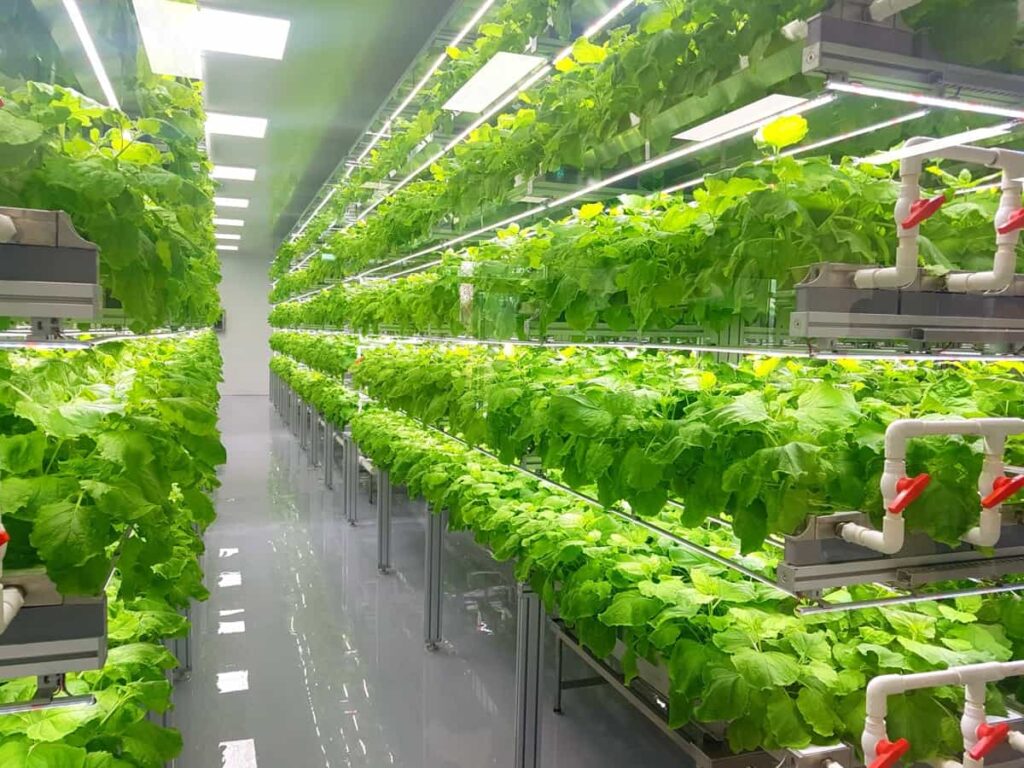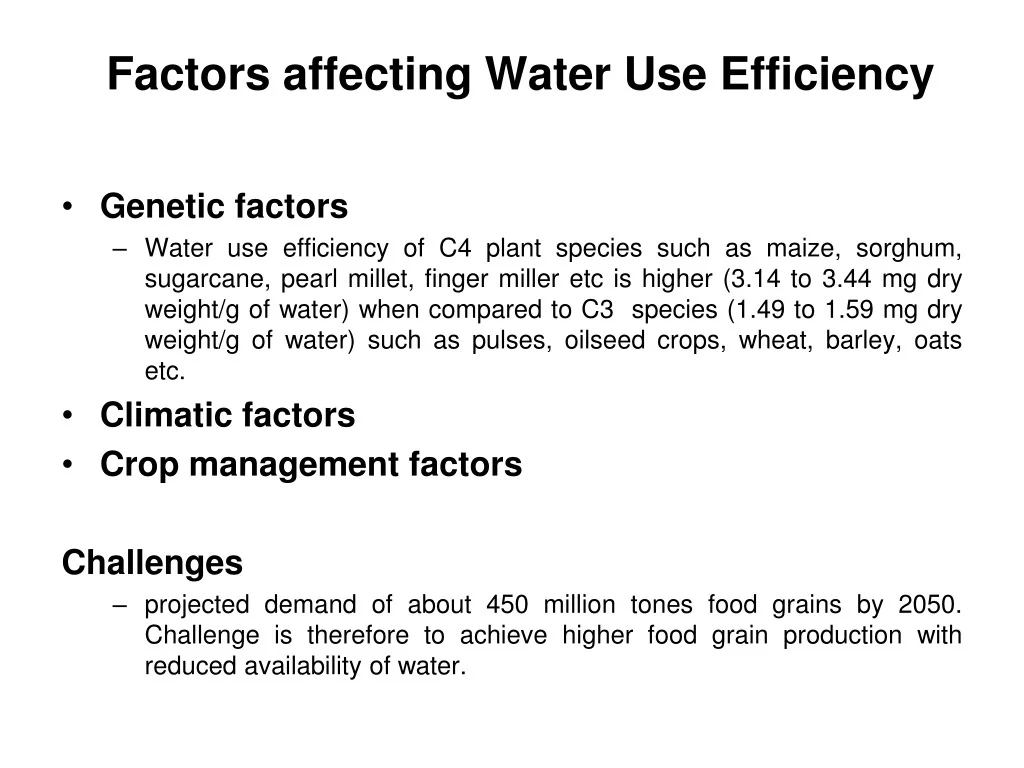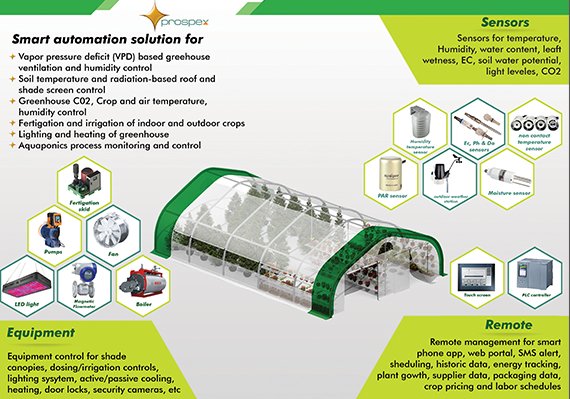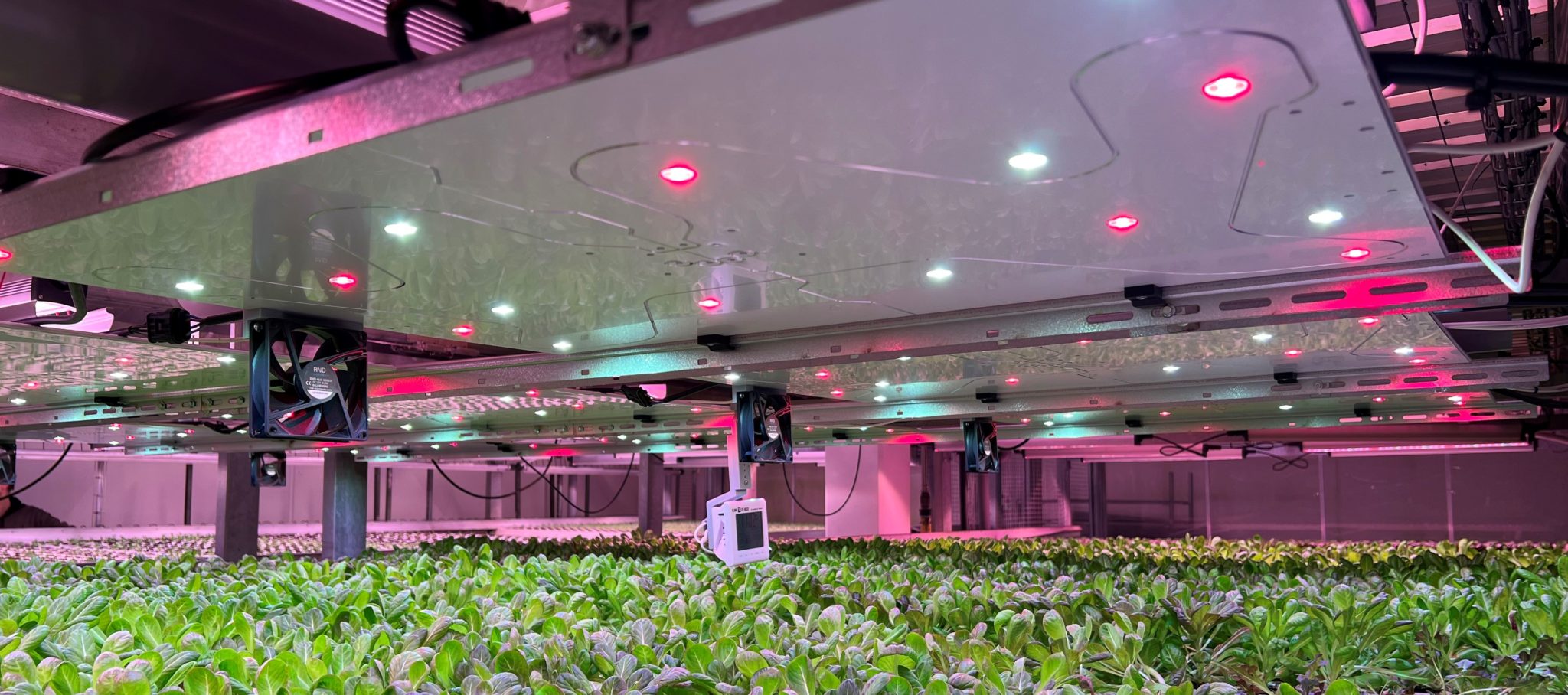
The world is changing, and with it, so is the way we think about food production. Traditional agriculture, while essential, faces increasing challenges. Climate change, dwindling arable land, and the rising demand for food from a growing population are putting immense pressure on our existing systems. This is where vertical farming technology steps in – a revolutionary approach to agriculture that promises to transform the way we grow food. This comprehensive guide delves into the intricacies of implementing vertical farming technology, exploring its benefits, challenges, and the steps needed to bring this innovative approach to life. We’ll navigate the complexities, from choosing the right system to optimizing environmental controls, and ultimately, harvesting the fruits (and vegetables!) of your labor.
Understanding the Essence of Vertical Farming
At its core, vertical farming is the practice of growing crops in vertically stacked layers, often indoors, utilizing controlled environmental agriculture (CEA) techniques. Imagine skyscrapers dedicated to food production, instead of offices or apartments. That’s the essence of vertical farming. It’s a departure from traditional horizontal farming, where crops are grown in fields across vast expanses of land. Vertical farms leverage the unused vertical space in urban environments, turning underutilized areas into productive food sources. This is particularly appealing in densely populated cities where land is scarce and expensive.
Vertical farming encompasses a variety of methods, including:
- Hydroponics: Growing plants in nutrient-rich water solutions, without soil.
- Aeroponics: Suspending plant roots in the air and spraying them with nutrient solutions.
- Aquaponics: Combining aquaculture (raising fish) with hydroponics, where fish waste provides nutrients for the plants.
- Soil-based vertical farming: Utilizing soil-filled containers or growing media in vertical structures.
Each method has its own advantages and disadvantages, and the best choice depends on factors like the type of crops, available resources, and budget. However, the overarching goal remains the same: to maximize yields in a limited space while minimizing resource consumption.
The Compelling Advantages of Vertical Farming
Vertical farming offers a plethora of benefits that make it an attractive alternative to conventional farming practices. Let’s explore some of the most significant advantages:
Increased Crop Production
One of the most compelling aspects of vertical farming is its ability to dramatically increase crop yields. By stacking growing surfaces, vertical farms can produce significantly more food per square foot compared to traditional farms. This enhanced efficiency is particularly valuable in urban environments where land is at a premium. Imagine the possibilities: a single building could potentially produce the equivalent of acres of farmland.
Reduced Water Consumption
Water scarcity is a growing concern worldwide. Vertical farming, especially when employing hydroponic or aeroponic systems, drastically reduces water consumption. These systems recirculate water, minimizing waste and allowing for precise control over irrigation. Compared to traditional agriculture, which can lose significant amounts of water to evaporation and runoff, vertical farms can use up to 90% less water. This makes vertical farming a sustainable solution in regions facing water stress.
Year-Round Crop Production
Unlike traditional farming, which is often seasonal and dependent on weather conditions, vertical farms can operate year-round. By controlling the growing environment, including temperature, humidity, and light, vertical farms can produce crops regardless of the external climate. This ensures a consistent supply of fresh produce, reducing reliance on imports and providing food security, especially in areas with harsh winters or extreme weather conditions.
Reduced Pesticide and Herbicide Use
Vertical farms often operate in controlled environments, minimizing the risk of pests and diseases. This allows for a significant reduction or even elimination of pesticide and herbicide use. The controlled environment also makes it easier to control the quality of the produce, ensuring that it is free from harmful chemicals. This contributes to healthier and more sustainable food production practices.
Local Food Production and Reduced Transportation Costs
Vertical farms can be located in urban centers, bringing food production closer to consumers. This reduces the need for long-distance transportation, minimizing carbon emissions associated with shipping and preserving the freshness and nutritional value of the produce. Local food production also supports local economies and reduces reliance on global supply chains, making communities more resilient.
Increased Food Security
By enabling food production in areas with limited arable land or harsh climates, vertical farming contributes to increased food security. It helps ensure a consistent supply of fresh, nutritious food, even in challenging environments. This is particularly important in densely populated urban areas and regions facing food shortages.
Challenges and Considerations in Implementing Vertical Farming
While vertical farming holds immense promise, it’s essential to acknowledge the challenges and considerations involved in its implementation. Understanding these hurdles is crucial for successful planning and execution.
High Initial Investment Costs
Setting up a vertical farm requires a significant upfront investment. The costs associated with infrastructure, including building construction or retrofitting, lighting systems, climate control equipment, and automation technologies, can be substantial. However, it’s important to consider the long-term benefits, such as increased yields, reduced operating costs, and the potential for higher profits. As the technology matures and becomes more widespread, the initial investment costs are expected to decrease.
Energy Consumption
Vertical farms rely heavily on artificial lighting, particularly LED lights, to provide plants with the necessary energy for photosynthesis. This can lead to high energy consumption, which can impact the environmental sustainability and operational costs of the farm. However, advancements in LED technology are making them more energy-efficient, and the use of renewable energy sources, such as solar power, can further reduce the environmental impact. Carefully evaluating energy consumption and exploring energy-efficient solutions is crucial.
Technical Expertise and Skilled Labor
Operating a vertical farm requires specialized knowledge and technical expertise. Managing the complex systems, including climate control, irrigation, and lighting, requires trained personnel. The availability of skilled labor can be a challenge, especially in areas where vertical farming is a new concept. Investing in training programs and attracting skilled professionals are essential for successful operation.
Crop Selection and Market Demand
Not all crops are equally suited for vertical farming. Leafy greens, herbs, and certain types of vegetables tend to thrive in vertical farm environments. Selecting the right crops based on market demand, profitability, and suitability for vertical farming is crucial. Conducting market research and understanding consumer preferences are essential for making informed decisions about crop selection.
Pest and Disease Management
While vertical farms offer advantages in pest and disease control, they are not completely immune. Maintaining a clean and controlled environment is crucial to prevent outbreaks. Implementing integrated pest management (IPM) strategies, including biological controls and preventative measures, is essential to minimize the use of pesticides and herbicides.
Scalability and Economic Viability
Scaling up vertical farming operations can be challenging. Ensuring the economic viability of a vertical farm requires careful planning, efficient operations, and a strong understanding of market dynamics. Factors such as production costs, selling prices, and consumer demand must be carefully considered to ensure profitability. Developing a robust business plan and securing funding are crucial steps for scaling up vertical farming operations.
Steps to Implementing Vertical Farming Technology
Implementing vertical farming technology requires a systematic approach, from initial planning to ongoing operations. Here’s a step-by-step guide to help you bring your vertical farming vision to life:
1. Conduct Thorough Research and Planning
Before embarking on any vertical farming project, comprehensive research and planning are essential. This includes:
- Market Research: Identify the local market demand for specific crops. Understand consumer preferences and pricing trends.
- Site Selection: Choose a suitable location that meets your requirements for space, access to utilities, and zoning regulations. Consider factors like building structure, access to sunlight (if using supplemental lighting), and proximity to customers.
- System Selection: Choose the appropriate vertical farming system based on your budget, crop selection, and operational goals. Consider hydroponics, aeroponics, aquaponics, or soil-based systems.
- Financial Planning: Develop a detailed business plan, including a budget, revenue projections, and funding strategies. Secure necessary financing.
2. Design the Vertical Farm
Once you have a clear understanding of your goals and requirements, it’s time to design your vertical farm. This involves:
- Layout Design: Plan the layout of your growing areas, considering factors like space utilization, accessibility, and workflow.
- Environmental Control Systems: Design the climate control systems, including lighting, temperature regulation, humidity control, and ventilation.
- Irrigation and Nutrient Delivery: Plan the irrigation and nutrient delivery systems based on the chosen growing method.
- Automation and Monitoring: Integrate automation technologies to optimize efficiency and monitor key environmental parameters.
3. Acquire Equipment and Materials
Once the design is finalized, it’s time to acquire the necessary equipment and materials. This includes:
- Growing Systems: Purchase or construct the growing systems, such as hydroponic trays, aeroponic towers, or vertical racks.
- Lighting Systems: Invest in high-quality LED lighting systems that are optimized for plant growth.
- Climate Control Equipment: Acquire equipment for temperature regulation, humidity control, and ventilation.
- Irrigation and Nutrient Solutions: Purchase irrigation systems, nutrient solutions, and other necessary supplies.
4. Construct and Install the Farm
The construction and installation phase involves bringing your design to life. This includes:
- Building Construction or Retrofitting: If necessary, construct a new building or retrofit an existing structure to accommodate the vertical farm.
- System Installation: Install the growing systems, lighting systems, climate control equipment, and irrigation systems.
- Wiring and Plumbing: Install the necessary electrical wiring and plumbing for the farm’s operations.
- Testing and Commissioning: Thoroughly test all systems to ensure they are functioning correctly.
5. Start Cultivating and Managing Crops
With the farm built and ready, it’s time to start cultivating crops. This includes:
- Seed Selection and Propagation: Select high-quality seeds and propagate them according to the specific requirements of the crops.
- Planting and Transplanting: Plant the seedlings in the growing systems and transplant them as needed.
- Nutrient Management: Monitor and adjust nutrient solutions to optimize plant growth.
- Environmental Monitoring and Control: Continuously monitor and control environmental parameters, such as temperature, humidity, and light, to create optimal growing conditions.
- Pest and Disease Management: Implement IPM strategies to prevent and control pests and diseases.
- Harvesting and Post-Harvest Handling: Harvest the crops at the appropriate stage of maturity and handle them carefully to maintain quality and freshness.
6. Continuous Monitoring, Optimization, and Adaptation
Vertical farming is an evolving field, and continuous monitoring, optimization, and adaptation are crucial for success. This includes:
- Data Collection and Analysis: Collect data on crop yields, environmental parameters, and operational costs. Analyze the data to identify areas for improvement.
- System Optimization: Fine-tune the growing systems, lighting, climate control, and nutrient management based on the data analysis.
- Crop Rotation and Selection: Experiment with different crop varieties and implement crop rotation strategies to maximize yields and maintain soil health (if using soil-based systems).
- Stay Updated on Technology: Keep abreast of the latest advancements in vertical farming technology and incorporate new innovations as appropriate.
Choosing the Right Vertical Farming System
The selection of the appropriate vertical farming system is a crucial decision that significantly impacts the success of your venture. As mentioned earlier, several methods are available, each with its own advantages and disadvantages. Here’s a more detailed look at the popular systems:
Hydroponics
Hydroponics is a soil-less growing method where plants are cultivated in nutrient-rich water solutions. This system offers precise control over nutrient delivery and water usage, making it highly efficient. There are various types of hydroponic systems, including:
- Deep Water Culture (DWC): Plants are suspended in a nutrient solution, with the roots submerged.
- Nutrient Film Technique (NFT): A shallow stream of nutrient solution flows over the roots.
- Wick Systems: Nutrients are delivered to the roots via a wicking material.
- Ebb and Flow (Flood and Drain): The growing area is periodically flooded with nutrient solution and then drained.
Hydroponics is well-suited for leafy greens, herbs, and certain vegetables. It requires less water than traditional farming and allows for high-density planting. However, it necessitates careful monitoring of nutrient levels and pH, and the initial setup costs can be moderately high.
Aeroponics
Aeroponics takes the soil-less approach a step further by suspending plant roots in the air and spraying them with a nutrient-rich mist. This method offers excellent oxygenation for the roots, promoting rapid growth. Aeroponic systems can be:
- Low-Pressure Aeroponics: Uses low-pressure pumps to deliver the nutrient mist.
- High-Pressure Aeroponics: Employs high-pressure pumps for a finer mist.
Aeroponics is known for its water efficiency and high yields. It’s particularly effective for crops like strawberries, lettuce, and tomatoes. However, it demands precise control over the misting schedule and nutrient concentration, and the systems can be more complex to maintain.
Aquaponics
Aquaponics merges aquaculture (raising fish) with hydroponics. Fish waste provides nutrients for the plants, and the plants filter the water for the fish, creating a symbiotic ecosystem. This system offers a closed-loop approach, reducing waste and promoting sustainability. Aquaponic systems can be:
- Media Beds: Plants are grown in gravel or other media, which filter the water.
- Deep Water Culture (DWC): Plants are grown in rafts that float on the water surface.
- Nutrient Film Technique (NFT): Plants are grown in channels with a shallow flow of water.
Aquaponics is a sustainable and resource-efficient method, producing both plants and fish. It requires careful management of both the fish and plant components, including water quality and nutrient balance. The initial setup can be more complex than other methods.
Soil-Based Vertical Farming
While the other methods are soil-less, soil-based vertical farming utilizes soil-filled containers or growing media in vertical structures. This method is easier to implement for some growers as it’s more familiar. It allows for a wider range of crops, including root vegetables, and provides natural support for the plants. However, it requires more space compared to other methods, and managing soil quality can be more complex.
Lighting and Environmental Control: The Cornerstones of Vertical Farming
The success of any vertical farm hinges on precise control over the growing environment. Two critical aspects are lighting and environmental control:
Lighting
Artificial lighting is essential in vertical farms, as plants require light for photosynthesis. The choice of lighting technology significantly impacts energy consumption, crop yields, and operational costs. LED (Light Emitting Diode) lighting is the most popular choice due to its energy efficiency, long lifespan, and ability to be tailored to specific light spectrums. Different light spectrums affect plant growth at different stages. For example, blue light is often used for vegetative growth, while red light is used for flowering and fruiting. Choosing the right lighting system and light spectrum is critical for maximizing yields and crop quality. Other lighting considerations include:
- Light Intensity: The amount of light that reaches the plants.
- Photoperiod: The duration of light exposure.
- Light Uniformity: Ensuring that all plants receive an equal amount of light.
Environmental Control
Controlling environmental factors is vital for optimizing plant growth. This includes:
- Temperature: Maintaining the optimal temperature range for each crop.
- Humidity: Controlling humidity levels to prevent diseases and promote healthy growth.
- Ventilation: Providing adequate air circulation to regulate temperature, humidity, and CO2 levels.
- CO2 Enrichment: Increasing CO2 levels to enhance photosynthesis.
- Air Filtration: Removing dust and other airborne particles to create a clean environment.
Advanced environmental control systems use sensors and automation to monitor and adjust these parameters, ensuring that plants receive optimal conditions for growth. Proper environmental control also helps to prevent pest and disease outbreaks.
The Future of Vertical Farming
Vertical farming is not just a trend; it’s a glimpse into the future of agriculture. As technology continues to advance, we can expect to see further innovations and refinements in vertical farming practices. Here are some exciting developments on the horizon:
- Automation and Robotics: Increased automation and the use of robots will streamline operations, reducing labor costs and improving efficiency.
- Data Analytics and AI: Advanced data analytics and artificial intelligence will optimize growing conditions, predict yields, and personalize crop management.
- Integration with Renewable Energy: The use of renewable energy sources, such as solar and wind power, will reduce the environmental impact of vertical farms.
- Expansion of Crop Varieties: Research and development will expand the range of crops that can be successfully grown in vertical farms.
- Urban Integration: Vertical farms will become increasingly integrated into urban landscapes, providing fresh food sources directly to consumers.
Vertical farming is poised to play a crucial role in addressing the challenges of food security, environmental sustainability, and the increasing demand for fresh, locally grown produce. By embracing this innovative technology, we can create a more resilient and sustainable food system for the future.
Conclusion: Cultivating a Sustainable Future with Vertical Farming
Implementing vertical farming technology is a significant step toward a more sustainable and resilient food system. It offers a multitude of benefits, from increased crop yields and reduced water consumption to year-round production and local food availability. While challenges exist, the potential rewards are substantial. By understanding the principles, challenges, and steps involved, you can embark on your own vertical farming journey and contribute to a greener future. As the world grapples with the complexities of feeding a growing population while protecting our planet, vertical farming stands out as a beacon of hope, illuminating the path toward a more sustainable and secure food future. The time to grow upwards is now.


